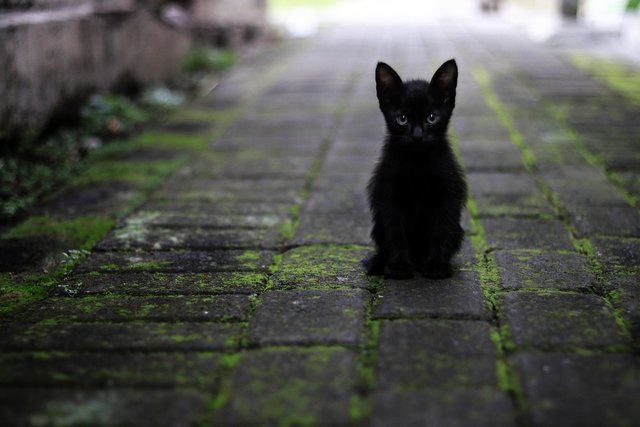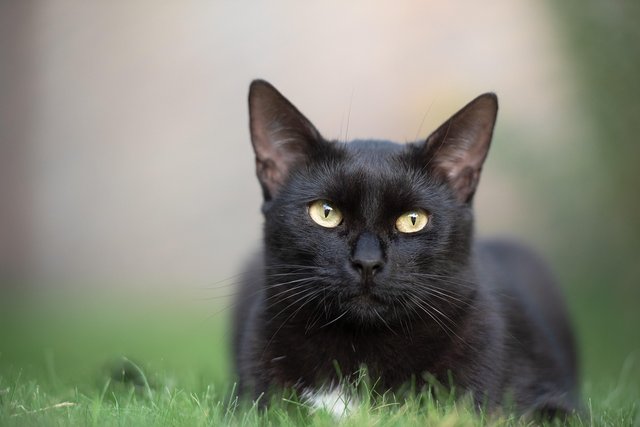Stray Cats, are they dangerous

Feral cats, or often called domestic feral cats, are ordinary cats that live in wild environments without direct human supervision. They are the descendants of domestic cats who once had owners, but then lived independently in the wild. Wild cats are distributed in various habitats throughout the world, from urban to rural areas, and they have quite an important role in the ecosystems where they live.
One of the characteristics of wild cats is their extraordinary ability to adapt to different environments. They can live in forests, grasslands, urban areas, and even around human settlements. Wild cats are often found looking for food from various sources, ranging from small birds, mice, insects, to food scraps left by humans. Because of this habit, feral cats are sometimes considered predators of other species in their environment.
The existence of feral cats has complex ecological impacts. While they can help control pest populations such as mice, they can also be a threat to smaller, more vulnerable wildlife. Some countries and communities even face dilemmas regarding overpopulation of wild cats and their impact on local biodiversity.

Feral cats have different social behavior than domestic cats living under human care. They tend to be more independent and do not always have strong social relationships with humans. However, there are also wild cats that live around human settlements and are a kind of community cat that is used to interacting with humans, although on a more limited level compared to pet cats.
The protection and management of wild cats is an important issue in conservation and environmental management. Animal protection organizations often attempt to manage feral cat populations in sustainable and ethical ways, including sterilization and capture for adoption. This approach aims to reduce the negative impact of feral cats on the environment and ensure their welfare.
On the other hand, some individuals and communities feel sorry for and care for stray cats found around their homes. This can include feeding, providing shelter, and providing basic health care. However, such an approach also raises ethical questions and long-term impacts on the ecological balance.
Overall, feral cats are an important part of the ecosystem that should be paid close attention to. They show extraordinary adaptability to environmental changes and are part of the modern conservation challenge of maintaining a balance between human needs and nature's sustainability. With a deeper understanding of their behavior and interactions with the environment, we can develop better strategies to manage feral cat populations effectively and sustainably.
Upvoted. Thank You for sending some of your rewards to @null. It will make Steem stronger.